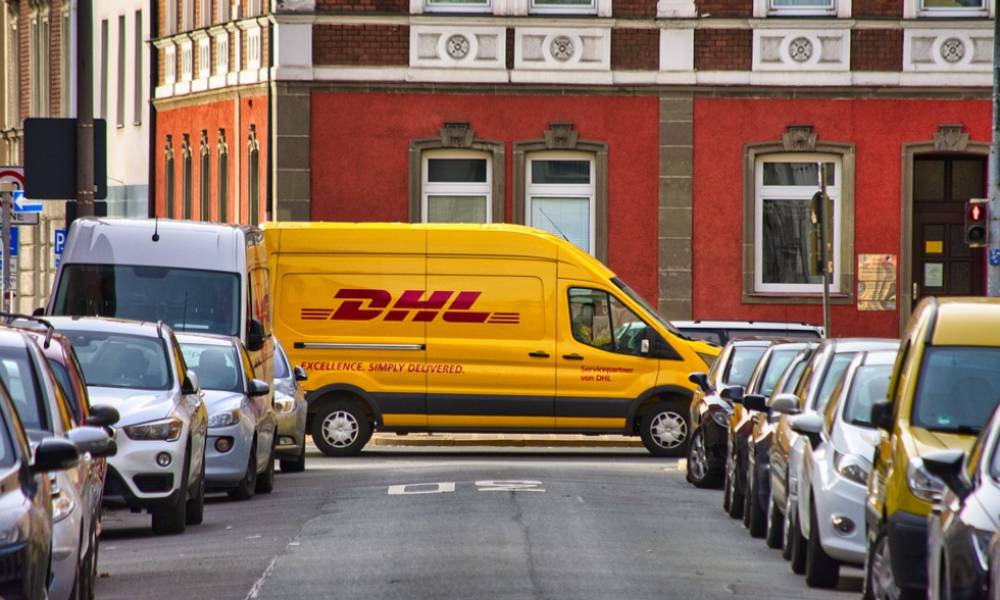
European logistics investment soared to $46.5 billion in 2020
Owing to the increase in the number of online orders, the soaring investment has been attributed to the fact that there were a record number of warehouse occupancies, with the United Kingdom being at the top of the list.

The Covid-19 pandemic has led to the e-commerce boom and that has certainly led to a lot of companies investing in their logistics, especially in Europe. According to a recent analysis of research data published by Comprar Acciones, the investment in European logistics soared to $46.5 billion dollars in 2020, which is said to be the highest since 2013, according to the research. Owing to the increase in the number of online orders, the soaring investment has been attributed to the fact that there were a record number of warehouse occupancies, with the United Kingdom being at the top of the list. Interestingly, this led to a massive drop in the warehouse vacancies rates in Europe to a record low of 5 per cent.
The Comprar Acciones research data indicated that the reason for the increased warehouse use was because of the challenges in the supply chain which led to the shortage of shipping containers, longer wait time and expensive delivery cost. In an attempt to be able to cater to all the orders and fulfil them faster, there was a surge in businesses looking to get enough warehouse space so that they could stock the goods in advance to help with faster delivery time. With the likes of Amazon, XPO Logistics, DHL and SF Express from China, signing leases in Europe, the leasing activity grew by 69 per cent for agreements that were totally for 11,000 million sq ft, in 2020.
According to the research report, the increasing interest to secure warehouses to meet the growing demand for e-commerce has also led to many investment firms looking to make the most of the demand. Earlier, Singapore’s sovereign wealth fund, GIC had secured 33 retail logistics assets in Germany and 28 across Europe. So it was no surprise then that In November 2020, GIC and Melcombe entered into a joint venture to buy and develop logistics facilities in Europe. Interestingly, they are looking to focus on creating last-mile distribution centers in Germany, UK, France, Netherlands and Spain, as that is more often than not the toughest, according to experts.
While Amazon and Alibaba were the major players during this time, it was the latter, through its Cainiao logistics arm which reported a 51 per cent rise in revenue in the last three months of 2020 taking it to $1.74 billion. Their increase in revenue was primarily driven by cross-border e-commerce and it was even better for Alibaba during the time because their revenues increased by 53 per cent internationally at $577 million.
If Alibaba saw a 53 per cent increase in revenue, Amazon reported even better results for their fourth quarter in 2020, owing to the holiday season during which they delivered 1 billion products around the world. While in the international segment it soared by 50 per cent YoY from 33 per cent in the third quarter, its North American posted a 40 per cent YoY. This also led to the company having its largest revenue ever in a quarter in the history of the company at $125.56 billion, making it the first time that their quarterly sales passed $100 billion, with an overall 44 per cent increase. With a successful fourth quarter, the company expects Q1 2021 to be anywhere between $100 billion and $107 billion.
The research report further states that according to a study by eShop World (ESW), around 70 per cent of global consumers made their purchases from cross-border e-commerce companies in 2020. Among the top players, China takes the first spot and is expected to lead the market for the time to come. The country’s cross-border e-commerce business is said to have grown by 31.1 per cent to $261.5 billion, according to its customs agency, the report said. While e-commerce exports increased by 40.1 per cent, YoY, the imports only increased by 16.5 per cent. Interestingly, to keep up with the increase, there was a surge in 80 per cent in overseas warehouses at 1800, according to their commerce ministry. The research adds that the growth is expected to continue in 2021, with China’s share in cross-border e-commerce going to as much as 41 per cent, according to an Accenture report. The forecast seems to be positive as the Hangzhou customs in Zhejiang Province has already approved 5.79 million trade bills for cross-border online sales.
This article was originally published on compraracciones.com

